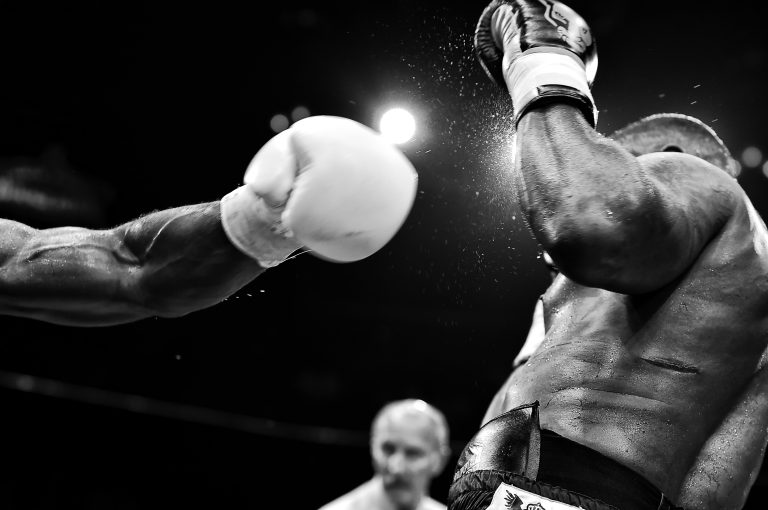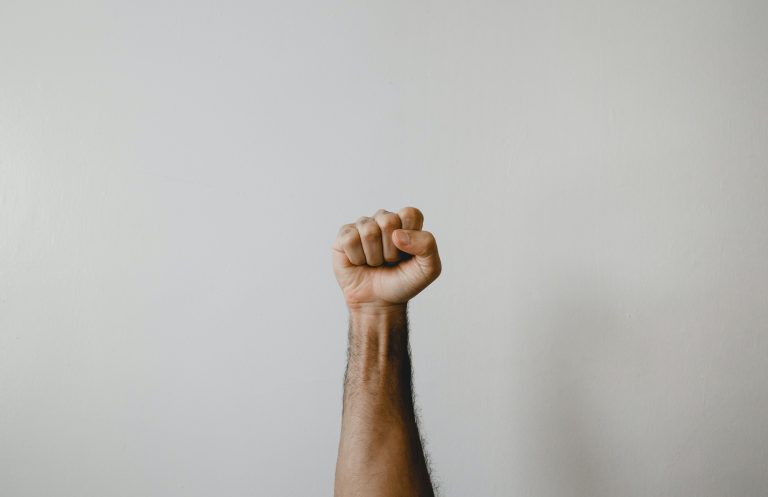Karate – A Short Introduction
Karate is a Japanese martial art that has been around for centuries. It is a form of self-defense that incorporates techniques such as punches, strikes, kicks, and blocks. Karate has become popular all over the world due to its focus on physical fitness, mental discipline, and competitive spirit. In this article, we’ll provide a brief introduction to the world of karate.
The History of Karate
Karate originated in Okinawa, Japan, in the early 20th century. It was developed by combining traditional Okinawan martial arts with Chinese martial arts to create a more effective fighting style. Karate was first introduced to the rest of the world in the 1920s and 1930s, when Okinawan masters began traveling to Japan and other countries to teach their techniques.
Karate Techniques
Karate techniques are divided into two categories: striking and grappling. Striking techniques include punches, kicks, and strikes with the hands, feet, elbows, and knees. These techniques are designed to be powerful and effective, allowing a karate practitioner to quickly neutralize an opponent. Grappling techniques, on the other hand, involve throws, joint locks, and chokeholds, and are used to immobilize an opponent.
The Benefits of Karate
Karate offers a number of benefits for practitioners of all ages. Physical benefits include increased flexibility, strength, and endurance, as well as improved balance and coordination. In addition, practicing karate can help improve mental focus and discipline, reduce stress and anxiety, and boost self-esteem and self-confidence. Karate also offers a competitive aspect, with practitioners participating in tournaments and tests to earn higher ranks.
Conclusion
Karate is a martial art that offers a unique blend of physical and mental benefits. It can be practiced as a form of self-defense, physical fitness, or as a competitive sport. Regardless of your goals, karate offers a way to challenge yourself both physically and mentally while building important life skills such as discipline, focus, and confidence.
Karate – A Short Introduction: Answering the Most Frequently Asked Questions
Karate, a well-known martial art form, originated in Okinawa, a Japanese island. Karate has gained massive popularity worldwide and is practiced by millions of people today. It involves various techniques of striking, kicking, and blocking, making it one of the most effective forms of martial arts training. Karate is more than just a combat sport though, it is also a way of life. In this post, we will answer some of the most frequently asked questions about karate.
What is the meaning of the word Karate?
The word Karate is derived from two Japanese words: “kara” meaning empty and “te” meaning hand. Hence, Karate means “empty hand”. Karate emphasizes the use of bare hands and feet in combat. Unlike other martial art forms, Karate does not employ weapons.
What are the benefits of practicing Karate?
Karate offers a wide array of benefits, both physical and mental. Here are some of the most significant benefits of practicing Karate:
Physical Benefits:
- Improved Cardiovascular Health: Karate is an excellent cardiovascular workout that helps to enhance heart function and blood circulation.
- Increase in Flexibility: The stretches and exercises involved in Karate increase flexibility and range of motion.
- Strength and Endurance: Karate practitioners develop immense strength and endurance as they have to perform various techniques that require energy and stamina.
- Coordination: Karate practitioners improve their body coordination through training in various techniques.
- Body Awareness: Karate training helps in developing body awareness and improves reflexes and balance.
Mental Benefits:
- Stress Relief: Practicing Karate is known to reduce stress levels and promote relaxation.
- Improved Focus: Karate requires intense concentration, and practitioners develop the skills to concentrate and focus better.
- Self-Discipline: Karate instills discipline and self-control in practitioners due to the regimented training and adherence to rules and etiquettes.
- Confidence and Self-Esteem: Practicing Karate boosts confidence levels and self-esteem, improving overall well-being.
What are the different styles of Karate?
There are various styles of Karate, including Shotokan, Goju-ryu, Shito-ryu, Wado-ryu, and Kyokushin.
Shotokan
Shotokan is the most popular and widely practiced style of Karate. It is designed to be a rigorous training program, focusing on technique and form.
Goju-ryu
Goju-ryu means “hard-soft style”. It incorporates techniques with both hard and soft movements, making it unique from other Karate styles.
Shito-ryu
Shito-ryu is a combination of two Karate styles, Shuri-te and Naha-te. It incorporates a variety of techniques and emphasizes the development of strong stances.
Wado-ryu
Wado-ryu is a Karate style that integrates principles of Judo with Karate techniques, making it a variant style of Karate.
Kyokushin
Kyokushin is known for its intense physical demands, with practitioners competing in tournaments that feature full-contact sparring.
What are the basic techniques used in Karate?
Punching
Punching is a fundamental technique in Karate. Different forms of punches include the jab, uppercut, hook, cross, etc.
Kicking
Karate involves various kicks, such as front kick, roundhouse kick, side kick, back kick, etc.
Blocking
Blocking is an essential technique that protects a practitioner from an attacker’s strikes. Various types of blocks include low block, high block, inside and outside blocks.
Striking
Striking is the act of hitting an opponent with an open palm, elbow, or fist. Different types of strikes include chop, hammer fist, back fist, knife hand, etc.
Can kids learn Karate?
Yes! Kids can start learning Karate from a very young age. Karate offers several benefits for children, such as improved confidence, focus, discipline, and self-esteem.
Is Karate dangerous?
Karate is a martial art, and like any other combat sport or martial art form, it involves a certain degree of risk. However, with proper training and adherence to rules and safety, the risk of injury can be significantly minimized.
What is the significance of belts in Karate?
The colored belts worn by Karate practitioners signify the level of proficiency and expertise in the art form. The ranking system generally includes white, yellow, orange, green, blue, purple, brown and black belts. Advancing through each belt requires intense training and rigorous testing.
Final Thoughts
Karate offers numerous benefits, both physical and mental, making it an exciting martial art form to practice. We hope this short introduction and the answers to frequently asked questions about Karate can help you to start your journey towards learning and mastering the art form. Remember, Karate is not just a combat sport, but a way of life!
Inhaltsverzeichnis






